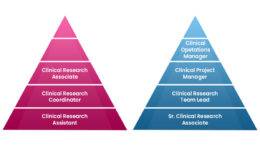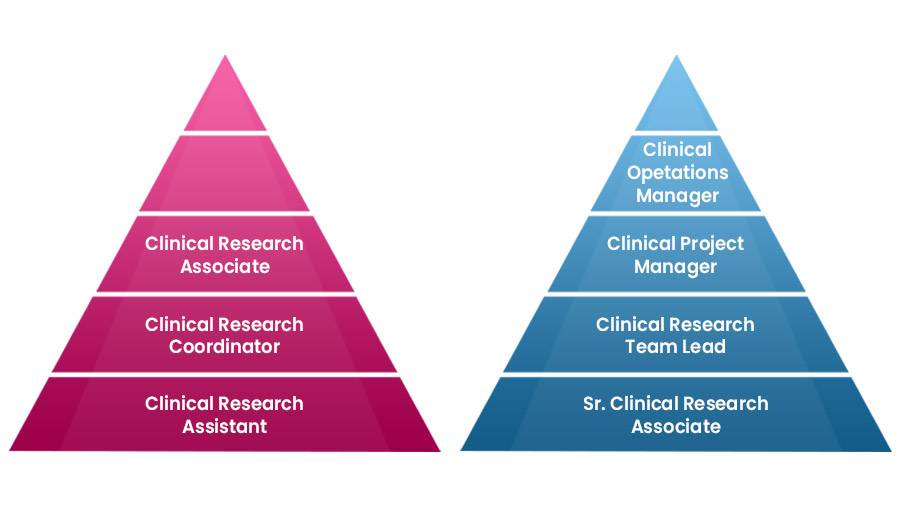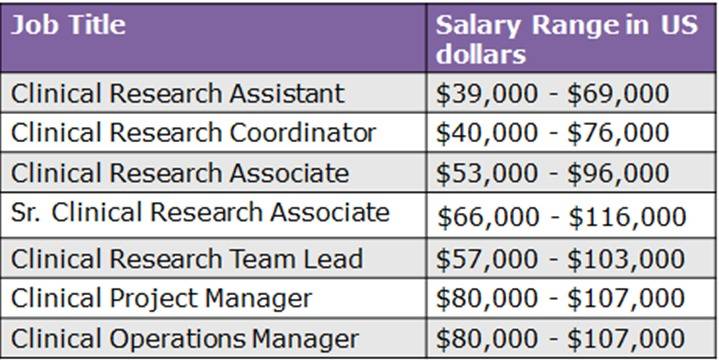- Many medical professionals find clinical work enjoyable. However, some dentists opt for non-clinical careers to put their medical degrees to use in different ways.
- There are numerous career options available to medical doctors, in addition to the fact that they treat patients. Non-clinical dental careers are becoming more popular.
- An occupation classified as non-clinical is one that does not involve treating or testing patients.
- However, these positions still call for the knowledge, training, and experience of medical doctors.
- In addition, non-clinical careers act as a transitional step between the dental industry and a corporate career.
- For some people who have a connection to the science of medicine, clinical care can be difficult.
- After many years of effective practice, seasoned practitioners are eager for a change of scenery and fresh challenges.
- However, using qualifications that dentists already have and continuing education after BDS.
Listed below are a few benefits of applying your medical training to a career outside of medicine:
- Because treating patients can be taxing, some medical professionals are looking for positions that don’t involve the pressures of making evaluations and carrying out life-saving procedures.
- A practicing physician might put in lengthy hours and spend a significant amount of time away from the office while on call for hospital emergencies.
- There are non-clinical careers that offer a better work-life balance.
- Non-clinical careers have good opportunities in the corporate world as well.
- It is impossible to make as much money in a clinical setting as possible by leveraging your pharmaceutical experience.
- Non-clinical careers offer a lot of opportunities. Discovering relevant non-clinical careers in healthcare such as pharmacovigilance, clinical trials, medical transcription, clinical research, medical coding, and medical claim officer.
Find your area of expertise in healthcare.
Individuals from different cultural backgrounds shift to non-clinical work by enrolling in certificate programs for a variety of reasons. Still, others might be seeking a change of scenery, while others might find that non-clinical work is a more adaptable option. Many individuals want to investigate their switching careers. Whatever your reason, working in a variety of non-clinical healthcare positions will allow you to develop the knowledge and abilities you need to pursue a career in healthcare.














